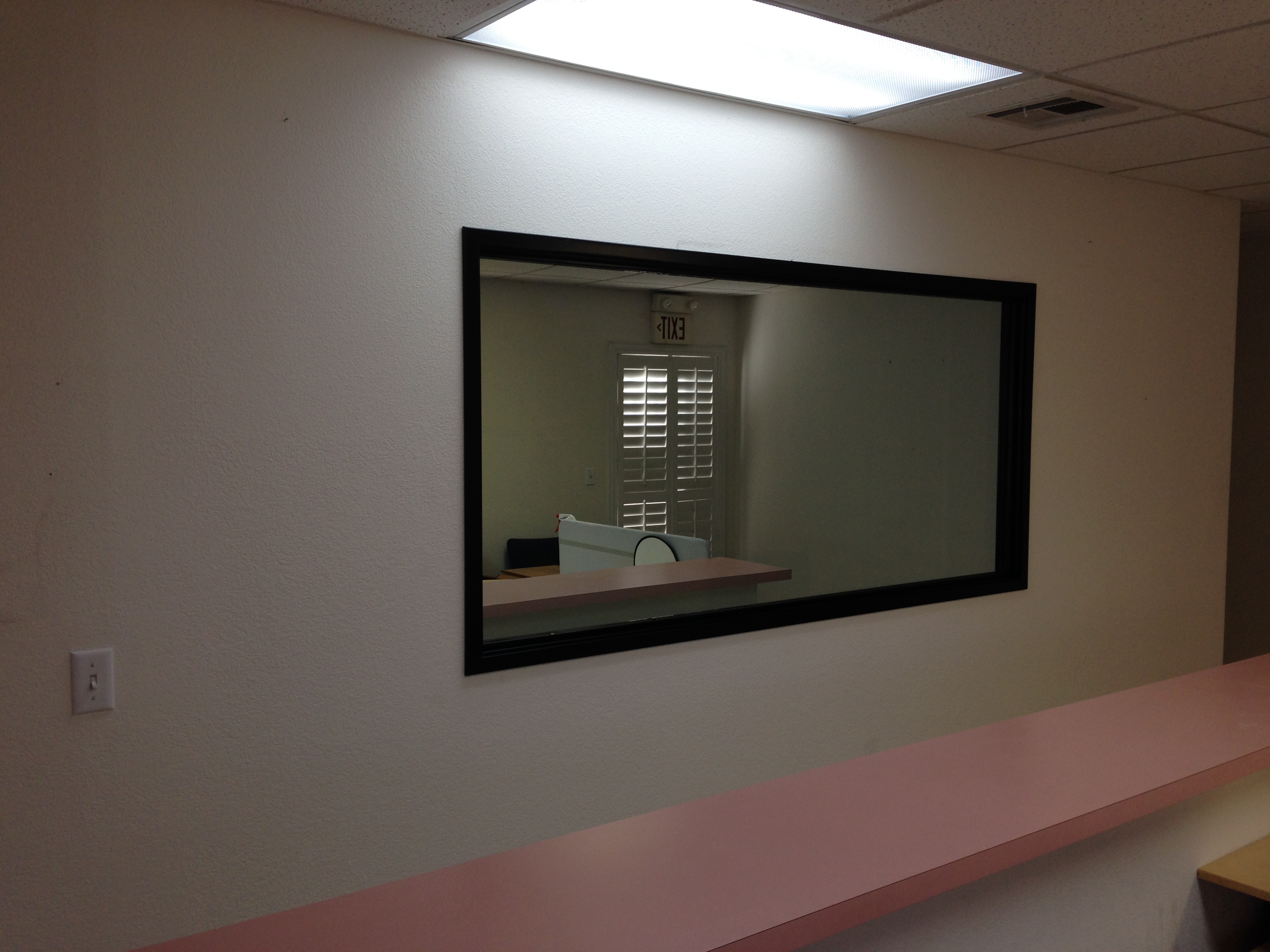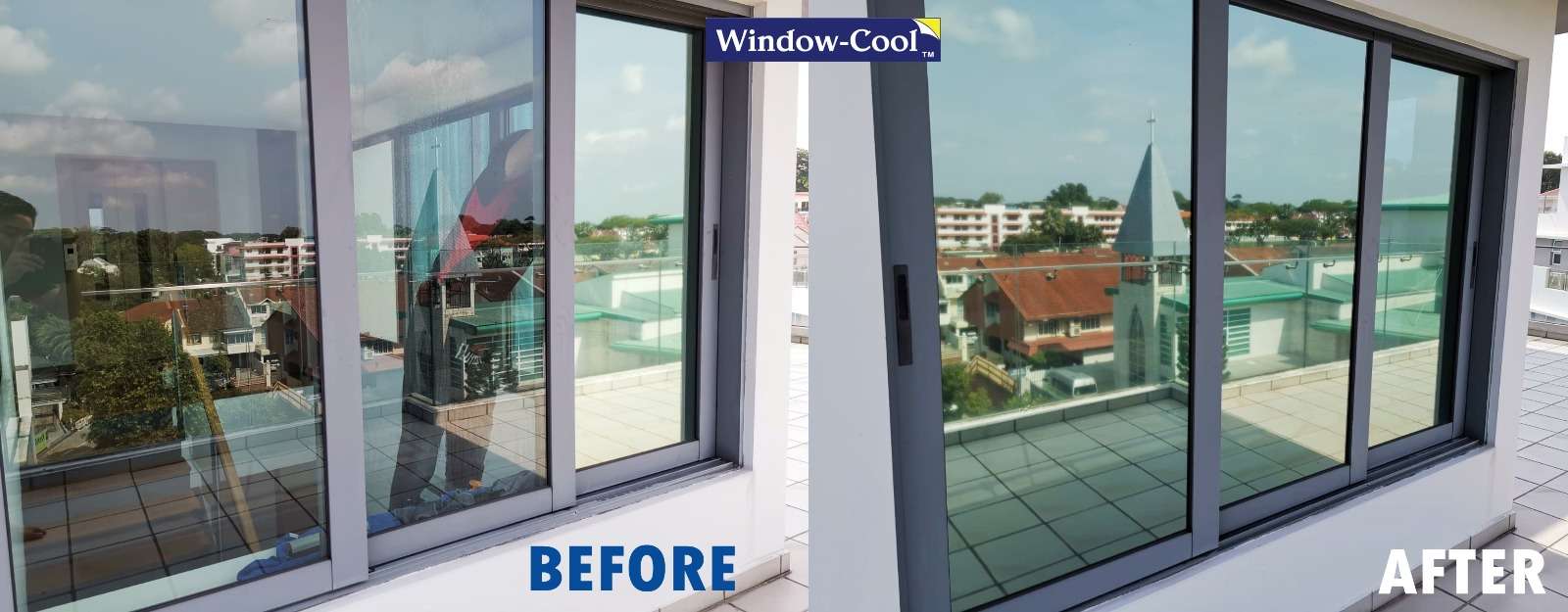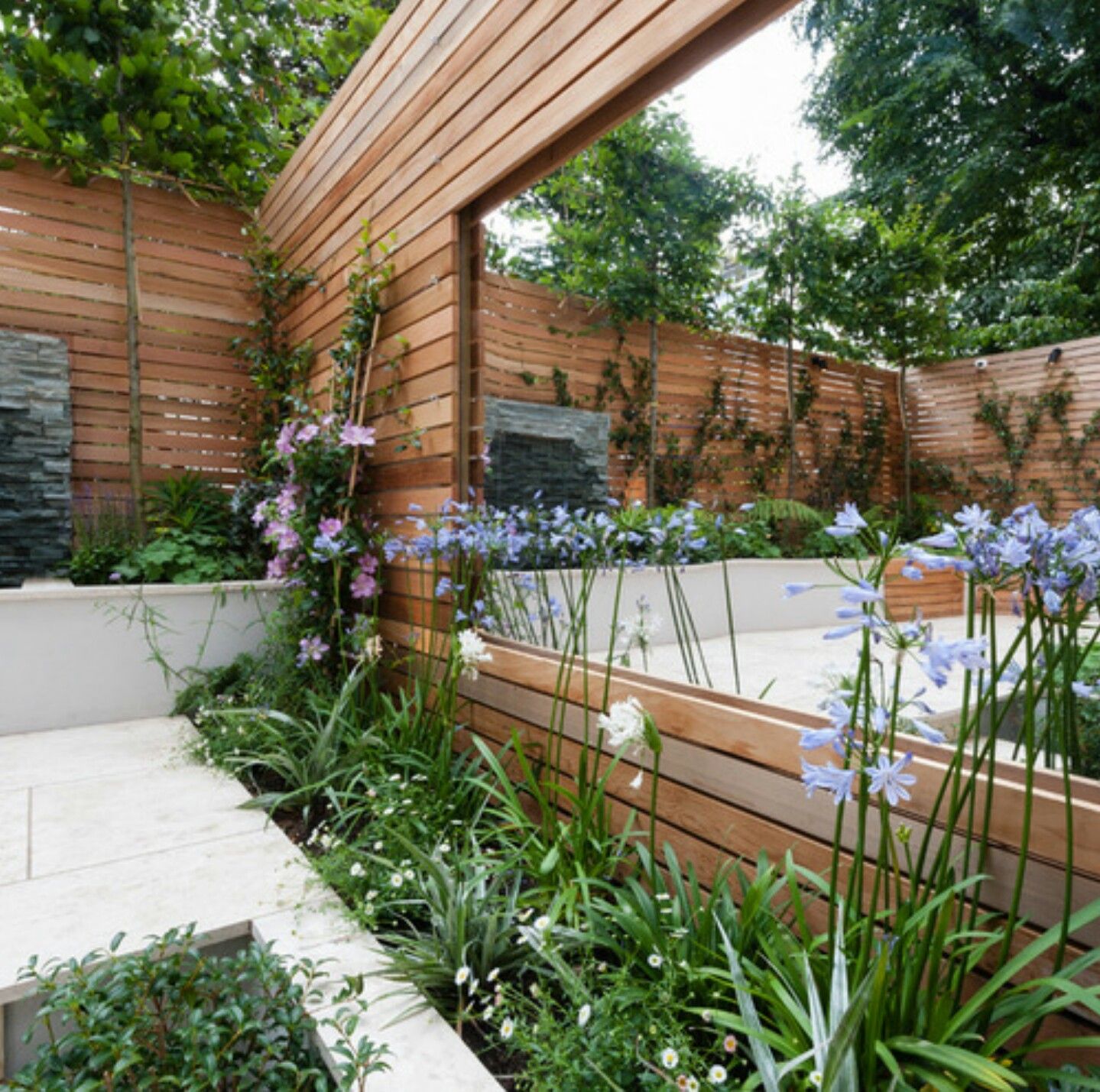Understanding One-Way Glass for Bathroom Windows

One-way glass, also known as mirrored glass or privacy glass, is a fascinating material that offers a unique solution for maintaining privacy in bathroom windows. This type of glass allows for visibility from one side while appearing as a mirror from the other, creating a sense of seclusion and security.
The Science Behind One-Way Glass
One-way glass operates based on the principle of light reflection and transmission. The glass is coated with a thin layer of a reflective material, typically a metallic oxide, that reflects a significant portion of the light. The reflectivity of this coating is dependent on the difference in light intensity between the two sides of the glass.
In a well-lit environment, such as a bathroom with the lights turned on, the glass appears reflective, blocking the view from the outside. Conversely, in a darker environment, such as the exterior of the bathroom, the glass appears transparent, allowing those inside to see out.
Types of One-Way Glass for Bathroom Windows, One way glass for bathroom windows
Several types of one-way glass are available, each with its own advantages and disadvantages.
Reflective Glass
This is the most common type of one-way glass. It uses a reflective coating to create the one-way effect.
- Advantages: Cost-effective, widely available, and offers good privacy.
- Disadvantages: Transparency levels can be affected by external lighting conditions, and it may not be as effective in dimly lit environments.
Privacy Glass
This type of glass is designed to scatter light, making it difficult to see through from the outside.
- Advantages: Offers better privacy than reflective glass, as it scatters light, making it harder to see through even in bright conditions.
- Disadvantages: Can reduce the amount of natural light entering the bathroom, and it may not be as effective in reducing visibility from a very close distance.
Switchable Glass
This type of glass uses an electric current to change its opacity. It can be switched between transparent and opaque states, providing instant privacy on demand.
- Advantages: Offers complete control over privacy, can be switched on and off instantly, and can be integrated with smart home systems.
- Disadvantages: More expensive than reflective or privacy glass, requires electricity to operate, and may not be as aesthetically pleasing as traditional glass.
Transparency Levels of One-Way Glass
The transparency level of one-way glass varies depending on the type and the thickness of the reflective coating. Some types of one-way glass offer near-perfect one-way visibility, while others may have a slightly hazy appearance.
Factors Affecting Transparency
The transparency level of one-way glass can be influenced by several factors, including:
- Lighting conditions: The difference in light intensity between the two sides of the glass is crucial for its effectiveness. The greater the difference, the better the one-way effect.
- Angle of view: The angle at which the glass is viewed can also affect its transparency. The one-way effect is most pronounced when viewing the glass from a direct angle.
- Type of glass: Different types of one-way glass have varying transparency levels. Reflective glass typically offers higher transparency than privacy glass.
Real-World Examples of One-Way Glass in Bathrooms
One-way glass is frequently used in bathrooms for various purposes:
- Shower enclosures: One-way glass can be used to create a sense of openness in a shower enclosure while still maintaining privacy.
- Bathroom windows: One-way glass can be installed in bathroom windows to allow natural light to enter the room while preventing people from seeing inside.
- Public restrooms: One-way glass is often used in public restrooms to provide privacy for users while allowing staff to monitor the space.
Benefits of Using One-Way Glass in Bathrooms

One-way glass, also known as mirrored glass, offers a unique blend of functionality and aesthetics, making it a compelling choice for bathroom design. Its ability to create a sense of privacy while maintaining visual openness sets it apart from traditional window treatments.
Privacy and Security
One-way glass acts as a barrier between the inside and outside of the bathroom, providing a sense of privacy that is crucial for personal comfort and security. This type of glass creates a mirror effect from the outside, reflecting the exterior environment, while allowing those inside to see out clearly.
Aesthetic Enhancement
One-way glass can elevate the aesthetic appeal of a bathroom by creating a sense of openness and spaciousness. Its reflective surface can make a small bathroom appear larger, and its translucent nature allows natural light to filter through, creating a bright and inviting atmosphere.
Unique Bathroom Designs
One-way glass opens up a world of possibilities for creating unique bathroom designs.
- For instance, it can be used to create a shower enclosure that provides privacy while allowing natural light to flood the space.
- One-way glass can also be incorporated into bathroom walls to create a stunning visual effect, allowing natural light to penetrate the space while maintaining privacy.
- One-way glass can be used to create a unique window feature, allowing natural light to enter the bathroom without compromising privacy.
Natural Light Enhancement
One-way glass allows natural light to filter through, brightening the bathroom without sacrificing privacy. This is particularly beneficial for bathrooms that lack natural light, as it can create a more inviting and comfortable space.
Energy Efficiency
One-way glass can contribute to energy efficiency by reducing the need for artificial lighting during the day. Its translucent nature allows natural light to penetrate the space, minimizing reliance on artificial light sources, which can lead to lower energy consumption.
Considerations for Choosing and Installing One-Way Glass: One Way Glass For Bathroom Windows

One-way glass, also known as mirrored glass, is a fascinating material that can be used to create a unique and stylish bathroom design. But before you jump into the installation process, there are several important considerations you need to make. Choosing the right type of one-way glass and ensuring proper installation are crucial for achieving the desired effect and maximizing its functionality.
Selecting the Right Type of One-Way Glass
The type of one-way glass you choose will depend on your specific needs and preferences. Here’s a step-by-step guide to help you make the right decision:
- Determine the level of privacy you require. One-way glass works by creating a reflective surface that obscures the view from the darker side. The level of privacy you need will determine the thickness and reflectivity of the glass you choose. For instance, a thicker glass with higher reflectivity will provide more privacy, while a thinner glass with lower reflectivity will offer less privacy.
- Consider the lighting conditions. One-way glass works best when there is a significant difference in light intensity between the two sides. The brighter side will be reflective, while the darker side will be transparent. If the lighting conditions are similar on both sides, the glass will lose its one-way effect and become more like a regular mirror.
- Evaluate the aesthetics. One-way glass can be incorporated into various bathroom designs. Consider the overall style and theme of your bathroom and choose a glass that complements it. You can choose from different finishes, such as tinted, frosted, or patterned glass, to create a unique look.
- Assess your budget. One-way glass can be more expensive than regular glass. Consider your budget and choose a glass that fits your financial constraints. The price will vary depending on the type of glass, its thickness, and the size of the installation.
Considering the Surrounding Environment
The surrounding environment plays a crucial role in determining the effectiveness of one-way glass. Here’s why:
- Light Intensity: As mentioned earlier, the difference in light intensity between the two sides is critical. If the lighting conditions are similar on both sides, the one-way effect will be compromised.
- Background: The background behind the one-way glass can also affect its effectiveness. A busy or brightly lit background will make it easier to see through the glass, while a dark or plain background will enhance the one-way effect.
- Distance: The distance between the observer and the glass can also impact its effectiveness. The closer the observer is to the glass, the easier it will be to see through it. Conversely, the further away the observer is, the more opaque the glass will appear.
Key Factors to Consider When Installing One-Way Glass
Proper installation is crucial for ensuring the effectiveness and longevity of one-way glass. Here are some key factors to consider:
- Professional Installation: Installing one-way glass is a specialized task that requires expertise and precision. Hiring a professional installer ensures proper installation and avoids potential damage to the glass.
- Frame Selection: The frame surrounding the one-way glass can affect its appearance and functionality. Choose a frame that complements the overall bathroom design and provides a secure and stable installation.
- Sealant Application: A proper sealant is essential for preventing water damage and ensuring a secure installation. Use a high-quality sealant that is designed for bathroom applications.
Potential Challenges Associated with Installing One-Way Glass
While one-way glass offers unique benefits, it’s important to be aware of potential challenges:
- Cost: One-way glass can be more expensive than regular glass, especially for larger installations.
- Maintenance: One-way glass requires regular cleaning and maintenance to prevent dirt, grime, and water damage.
- Privacy Concerns: Despite its one-way effect, one-way glass is not completely opaque. It’s important to be mindful of privacy concerns, especially in public spaces.
Maintaining and Cleaning One-Way Glass
Maintaining and cleaning one-way glass is essential for preserving its appearance and functionality. Here are some practical tips:
- Regular Cleaning: Clean the glass regularly using a soft cloth and a mild cleaning solution. Avoid abrasive cleaners or harsh chemicals that can damage the glass.
- Water Spots: Wipe away water spots immediately to prevent them from becoming etched into the glass. Use a squeegee or a soft cloth to remove excess water.
- Scratches: Be careful when cleaning the glass to avoid scratching the surface. Use a soft cloth and avoid abrasive cleaning tools.
